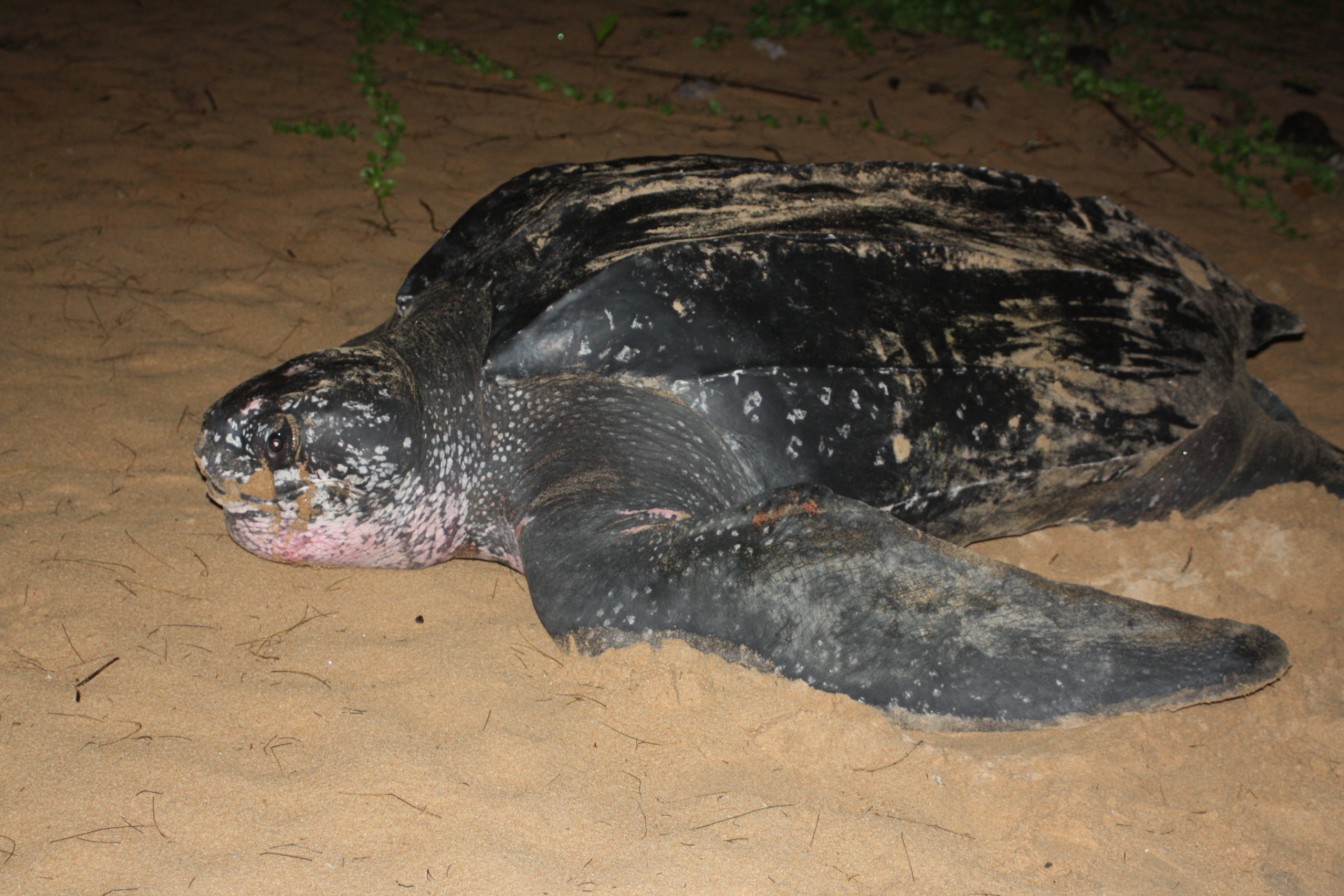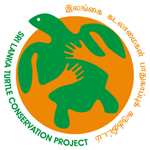

Scientific Name
Dermochelys coriacea

Conservation status
Endangered

Population
Declining

Average lifespan
50 years or more

Average adult weight
250-500 Kg

Average adult size
130-183 cm

Biogeographic realm
Atlantic, Pacific, and Indian oceans
They got their name from their thin, tough, rubbery skin. The Leatherback sea turtle is the world’s largest turtle. They are the only species of marine turtle that lacks scales and a hard shell and have been existing since the dinosaurs. Their carapace is made up of small, interlocking dermal bones beneath the skin and it has seven ridges that run the length of it and taper to a tip. Leatherback’s rubbery skin has dark grey or black with white or pale spots Their front flippers are longer than those of other sea turtles, and their back flippers are paddle-shaped. This stiff carapace and broad flippers are adapted for long-distance foraging excursions. They feature pointed tooth-like cusps and sharp-edged jaws, and they are designed to feed on soft-bodied food like jellyfish and salps. The Leatherback turtle has the most extensive global distribution of any reptile, as the turtles migrate extensively. They breed primarily on tropical or subtropical beaches in the Atlantic, Pacific, and Indian Oceans. Females lay clutches of roughly 100 eggs when they reach maturity between the ages of 9 and 20. The eggs take around two months to hatch. Among the most pressing threats to Leatherbacks include bycatch in fishing gear, turtle hunting, and egg collection for human consumption.

